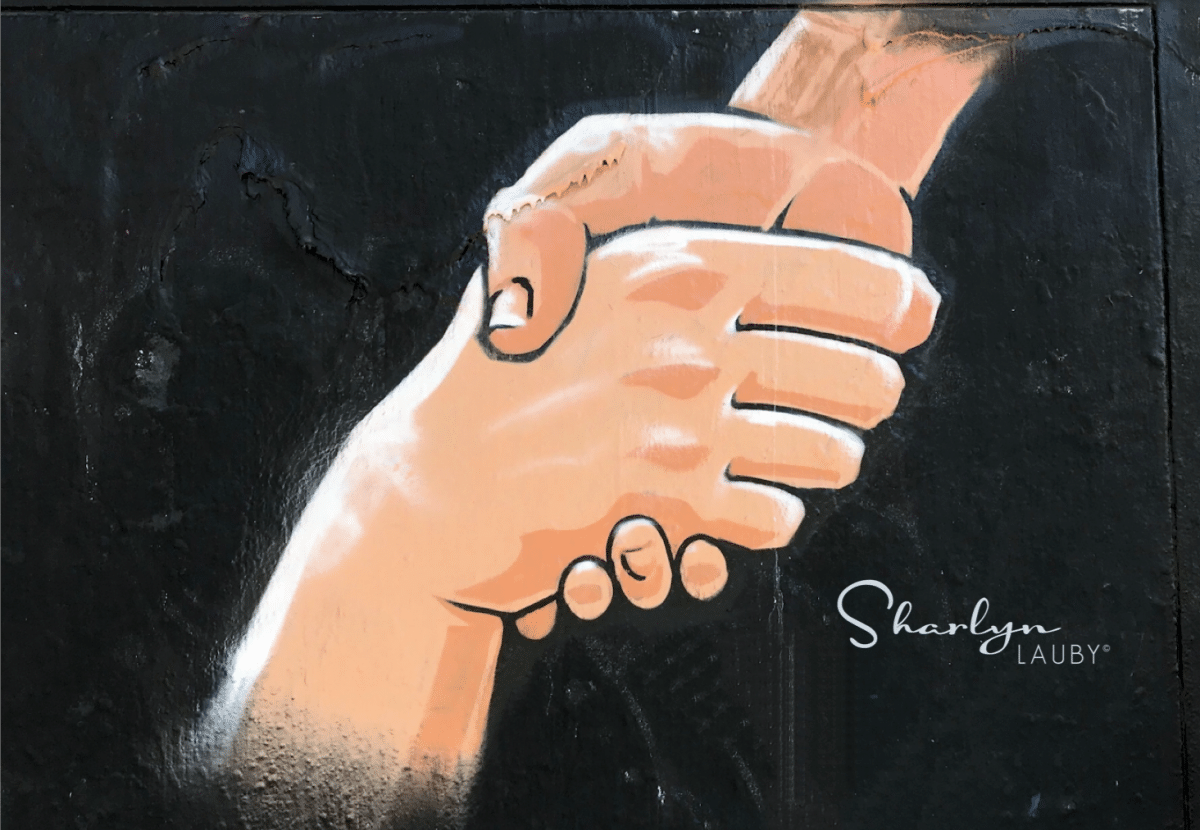Every Bias Is Not Necessarily a Bad Bias
That was my takeaway from David Rock’s presentation on The Neuroscience of Breaking Bias from last year’s Society for Human Resource Management Annual Conference. All biases are not bad. But that doesn’t mean we shouldn’t address them.
Here’s why: Think of bias as our tendency to generalize or group people or information. Each of us gets our biases from a different place, so we can’t treat all biases the same. In fact, there are even biases in the way we approach bias.
As a result, biases are a part of our lives and that’s not necessarily a bad thing. One of the reasons we might want to embrace our biases is because, as humans, we do not have enough cognitive bandwidth to make every decision from ground zero. So, whether it’s consciously or unconsciously, we need and use our biases (i.e. generalizations) as a starting point. And when used properly, many of our biases can be used for good. The key word here being “properly”.
However, it could be said that there might be times when we want to reduce our biases. The answer isn’t to eliminate ALL bias. Reducing and/or eliminating bias is difficult. Again, if we want to reduce bias, there are two conditions that need to exist:
- We can’t reduce bias on an individual level. Rock explained it’s a biological constraint. The example he used was our pancreas. We have a pancreas and it’s working, but we really don’t think about it on a regular basis. Bias can be viewed as the same thing. It happens and we really don’t realize it’s happening. That’s why we can often see others’ biases even if we can’t see our own.
- That being said, we can change bias in individuals with awareness and motivation. However, awareness alone isn’t necessarily a solution. We have to keep in mind how our brains work. As much as we want to believe we’re excellent multitaskers, the bottom line is we can only do one thing well at a time. For example, we can’t add and multiply at the same time, but we can do it sequentially.
Let’s use the same philosophy for bias. We can’t eliminate all of our biases while we’re thinking about our biases along with the rest of our lives. So, Rock suggests the way to reduce bias is to create a process that results in less bias. By creating a process, organizations build teams that will notice and mitigate biases.
We’ve talked before about the need for organizations to develop their internal teams. I see training team members on effective ways to build processes as being a part of team development.
But this raises another challenge. We’ve both seen the articles about the ineffectiveness of “bias” or “diversity” training efforts. Rock recommends getting rid of the label of “bias” or “diversity” training since it can create a negative bias. In addition, he suggests not identifying these types of programs as “mandatory” because it further conjures up a negative bias. Rock’s suggestion was to just say the training helps people “make better decisions”.
I’d like to think that organizational teams understand that diversity helps them perform better. But make no mistake, it’s hard work because there can be moments when it’s uncomfortable. Through training, teams can learn how to create their own “habits” or processes to break their biases and hold each other accountable. Ultimately, that takes trust and feedback.
Image captured by Sharlyn Lauby at the 34th Street Graffiti Wall in Gainesville, FL
25